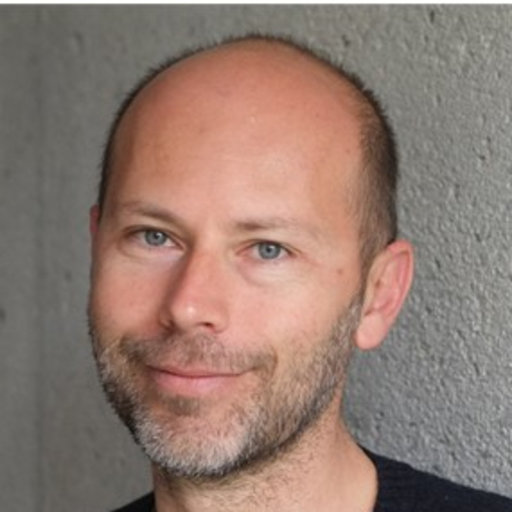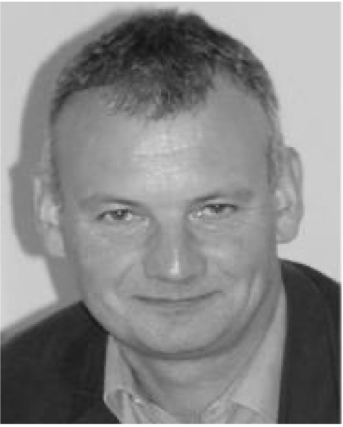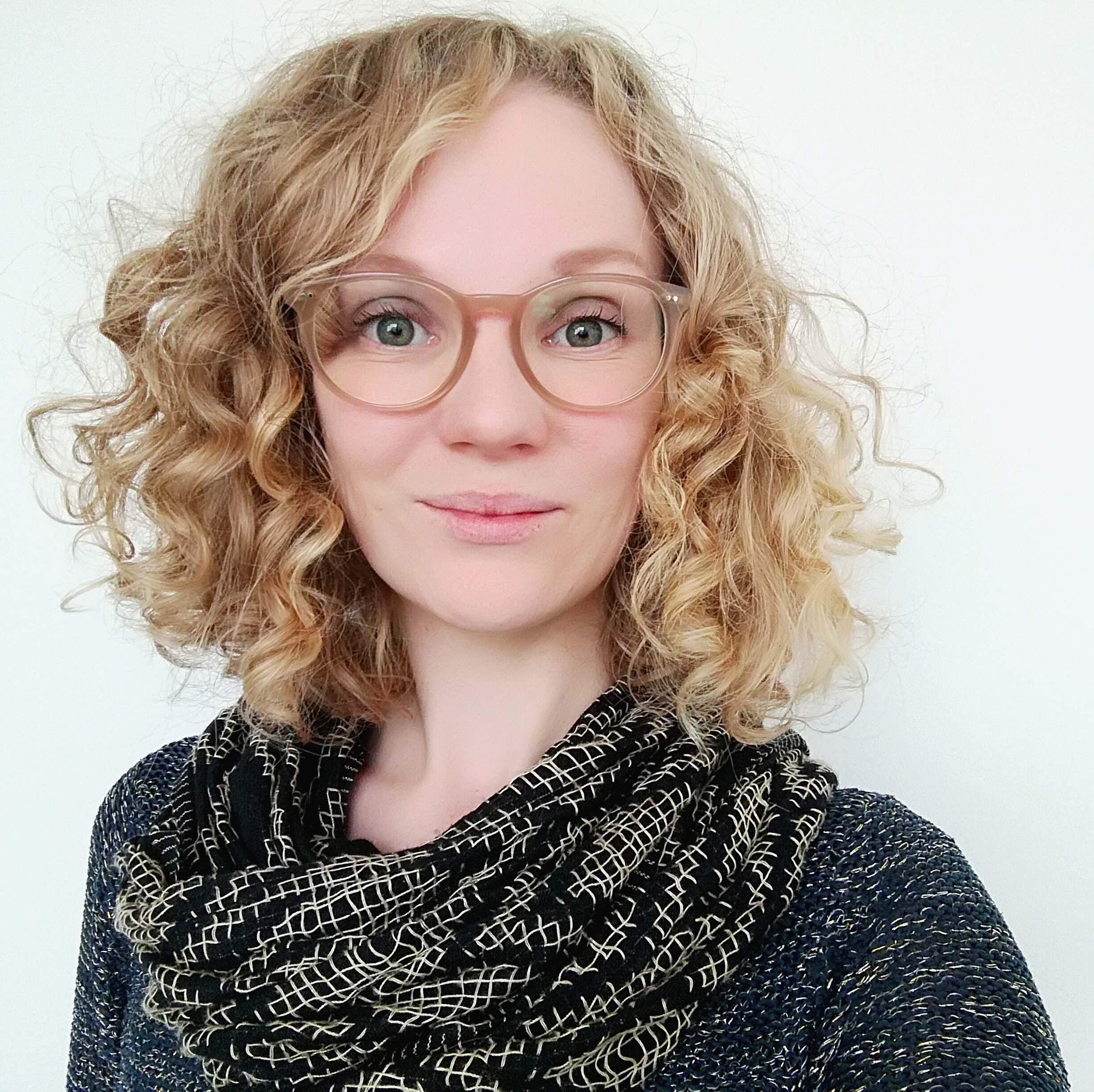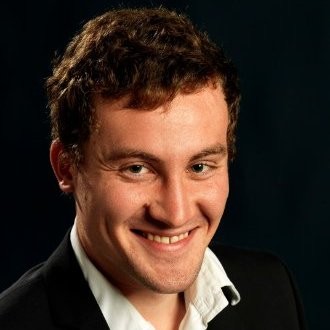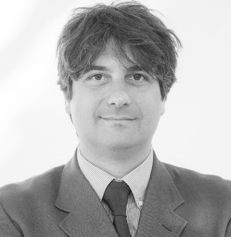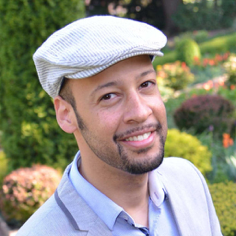Intervenants
|
|
|
Après un diplôme obtenu en 1995 à l’Université d’Orsay, Nicolas Cavassilas y obtient sa thèse sur l’utilisation de semiconducteurs III-V pour les transistors à effet de champs en 2000. Il rejoint ensuite l’Université d’Aix-Marseille, une première fois en tant que postdoctorant puis en tant que Maître de Conférence en 2016. Aujourd’hui, il dirige l’équipe Nanodevice Quantum Simulation du laboratoire IM2NP et ses recherches se consacrent à la description quantique de nanocomposants. |
Bernard Geffroy
|
|
Bernard Geffroy a reçu son diplôme d'ingénier du CNAM Paris en 1987. Il est Ingénieur chercheur au CEA Saclay dans le laboratoire Nanosciences et Innovation pour les Matériaux, la Biomédecine et l'Énergie (NIMBE) UMR 3685. Depuis 2012, il dirige l'équipe jointe ORGA-SACLAY avec le LPICM de l'Ecole Polytechnique dédiée à l'électronique organique. Ses sujets de recherche actuels couvrent les OLEDs, le photovoltaïque organique ainsi que les dispositfs hybrides organiques/inorganiques (SiNWs, ZnO nanostructures, perovskites halogénées). Il est auteur ou co-auteur de plus de 120 publications dans des journeaux scientifiques internationaux, 1 chapitre et 5 brevets. Il est co-éditeur du European Physical Journal Applied Physics (EPJAP). |
Ronan Lebullenger
|
|
En cours... |
Linn Leppert
|
|
After completing a PhD in physics at the University of Bayreuth, Germany, in 2013, Dr. Linn Leppert moved to the beautiful shores of Berkeley for a two-year postdoc at Lawrence Berkeley National Lab and the University of California, Berkeley. In 2017 she returned to her alma mater, now leading an independent junior research group in the Department of Physics. Linn has received funding from the Alexander-von-Humboldt foundation, the German research foundation, and the Elite Network of Bavaria, and awards for her dissertation and postdoctoral research. Her research interests and main expertise are the development and application of accurate methods for calculating the electronic structure and dynamics of light-converting systems: from halide perovskites for photovoltaic applications to the chlorophyll molecules at the heart of charge excitation and transfer in photosynthesis. |
Yen-Hung Lin
|
|
Dr Yen-Hung Lin is currently a Postdoctoral Researcher in Prof. Henry Snaith's group in Oxford Physics. After obtaining his BSc and MSc from National Taiwan University, he worked for AU Optronics Corp. (Taiwan) as a senior mobile display engineer. In 2010, he moved to the UK and completed his MSc (2011) and PhD (2015) at Imperial College London with Prof. Thomas Anthopoulos. His research interest lies in the field of large-area energy, electronics and optoelectronics. Currently his research focuses on developing efficient and durable perovskite-on-Si tandem solar cells as well as perovskite optoelectronic neuromorphics. He has authored and coauthored more than 45 peer-reviewed journal articles. |
Matthieu Manceau
|
|
Dr Matthieu Manceau est diplômé de l'Ecole Nationale Supérieure de Chimie de Clermont-Ferrant en chimie des polymères (2006). En 2009, il reçoit son doctorat sur la stabilité photochimique et la dégradation des cellules solaires organiques de l'Université Blaise Pascal de Clermont-Ferrant en collaboration avec l'équipe du CEA sur le photovoltaïque organique. Après une année de postdoctorat à Risoe DTU (Danemark) dans le groupe du Professeur Frederik C. Krebs, il rejoint le CEA dans l'équipe de photovoltaïque organique en 2011 en tant que postdoctorant en 2011 puis en tant que chercheur à partir de 2012. Après avoir travaillé sur la production de modules PV de grande surface par jet d'encre, il travaille, depuis 2014, il se consacre aux dispositifs basés sur les pérovskites halogénées. |
Robin Nicholas
|
|
En cours... |
Charles Paillard
|
|
Charles Paillard a obtenu son doctorat de l'École Centrale de Paris/Université Paris-Saclay en 2016 sur les effets photo-induits dans les multiferroïques. Il a ensuite rejoint l'équipe du Prof. Laurent Bellaiche à l'Université d'Arkansas sur les déformation, transitions de phase et propriétés électro-optiques photo-induites. Depuis 2019, il est Maître de Conférence au SPMS à CentraleSupélec/Université Paris-Saclay, où il travaille sur les défauts dans les multiferroïques et les déformations photo-induites dans les pérovskites oxides. |
Gabriele Raino
|
|
Dr. G. Rainò received his PhD degree in Innovative Materials and Technologies from the University of Salento in 2008. In 2008 he joined IBM Research - Zurich as a postdoc, working on organic-inorganic nanomaterials for integrated photonics. In 2011, he became a junior researcher at IBM Research - Zurich and started the exploration of colloidal nanomaterials as non-classical light sources. Since spring 2017, he had joined ETH – Zurich (KovalenkoLab) continuing the exploration of colloidal nanomaterials for optoelectronics and quantum applications. Recently, he took on a new challenge as Head of QuanTech Workshops in a newly launched Quantum Engineering master program at ETH-Zurich (Electrical Engineering Department). He (co)-authored more than 45 publications in peer reviewed journals and 3 patents. |
Philip Schulz
|
Philip Schulz holds the position of Research Director at the Centre National de la Recherche Scientifique (CNRS) and pursues his research activities at the Institut Photovoltaïque d’Île-de-France (IPVF) located on the Paris Saclay research campus. At IPVF, he leads the Interfaces and Hybrid Materials group installed through a Young Investigator award in the “Make Our Planet Great Again” initiative of President Emmanuel Macron of the French Republic. |
Constantinos Stoumpos
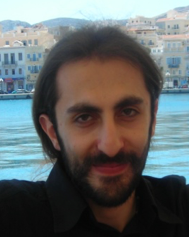 |
Costas Stoumpos was born in Athens, Greece in 1983. In 2001 he attended the Chemistry Department at the University of Patras where he obtained both his B.S. (2006) and Ph. D. (2009) degrees, the latter under the supervision of Spyros P. Perlepes working on the coordination chemistry of 3d-metals targeting the discovery of new Single-Molecule Magnets (SMMs) and Molecular Nanomagnets (MNMs). In February 2010 he joined the group of Mercouri G. Kanatzidis at the Department of Chemistry of Northwestern University, IL, USA as a postdoctoral fellow working on the synthesis of p-block halide perovskites for near-IR optical applications. On January 2012 he moved to the Materials Science Division (MSD) of Argonne National Laboratory (ANL), IL, USA, where he worked on the single-crystal growth of dense, wide-bandgap halide and chalcohalide compounds for high energy radiation detection. In 2014 he returned to Northwestern University working on the development of halide perovskites for energy related applications. Following a short coterminous appointment as Lecturer in 2017 he was promoted to the Research Assistant Professor at Northwestern University in 2017. In 2018 he was appointed at the Department of Materials Science and Technology of the University of Crete as an Associate Professor. |
George (Yorgos) Volonakis
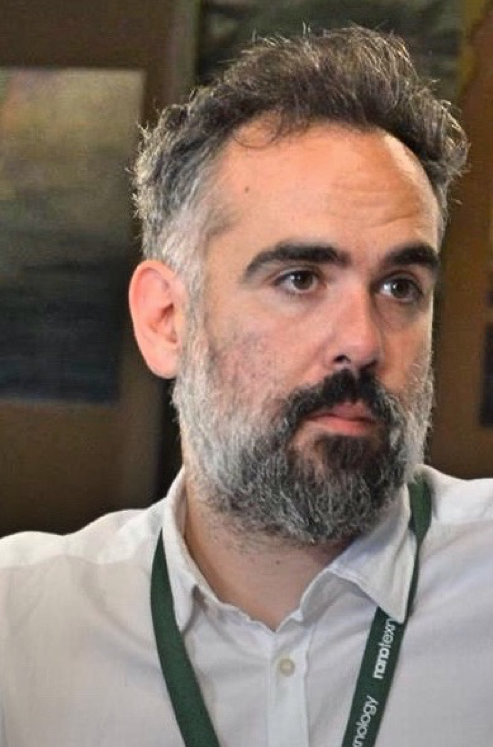 |
Dr. G. Volonakis a obtenu son doctorat de Physique à l'Université Aristote de Thessalonique en 2014 sur les propriétés structurales et électroniques de semiconducteurs organiques pour des applications dans le photovoltaïque. Il a ensuite rejoint le groupe Materials modelling and design à l'Université d'Oxford en tant que postdoctorant avec le Pr. F. Giustino. Il se consacre essentiellement à la conception computationelle de pérovskites doubles à partir d'approches basées sur le premier principe et à l'étude d'interfaces entre matériaux 2D et pérovskites pour optimiser l'extraction de charges dans les cellules solaires basées sur des pérovskites halogénées. Depuis 202, il occupe une Chaire de Recherche à l'Institut des Sciences Chimiques de Rennes à l'Université de Rennes 1. |
| Personnes connectées : 1 | Vie privée |

|
